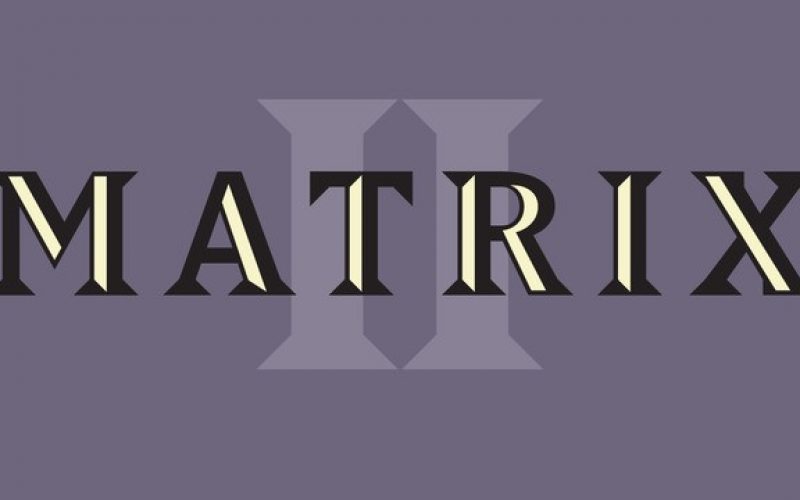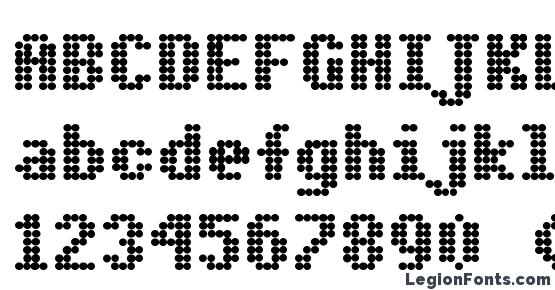


With help from a few beers in an Amsterdam pub, the group of researchers realised that Nebiolo was their common interest and within a few years their efforts led them to give a more detailed account of Nebiolo’s history and legacy. Colizzi gained first-hand information concerning the story of Forma and Dattilo in discussions with Gianni Parlacino and Luciano Agosto, the last draftsmen to work under Novarese’s direction, as well as from Nebiolo’s advertising manager Maria Grazia Schenone. The seeds of our research work started to germinate in Amsterdam, at the ATypI Conference that most of us attended in 2013.Ĭolizzi, at the time professor at the École de design of UQAM (Montréal), gave a talk on the convoluted story that led up to Forma and Dattilo, the last original type families released by the foundry, designed by Novarese and a group of Milanese designers. Our intention was to gather the archival evidence as well as the oral history of the foundry. Realisation that a thorough critical assessment of Nebiolo’s heritage was needed prompted Alessandro Colizzi, Riccardo Olocco, James Clough, Riccardo De Franceschi, Marta Bernstein, and myself to set up the Nebiolo History Project (NHP). Though they were also the first to attempt a summary of the history of the Turin type foundry they were aware of this lack of archival information on the Studio Artistico: ‘ Spesso ci si è dovuti basare sul ricordo, a volte sbiadito, delle persone che lo hanno vissuto in particolare è stata la testimonianza di Aldo Novarese ad aiutare la ricostruzione delle vicende ’ (pp. Manuela Rattin and Matteo Ricci are the authors of Questioni di carattere (Stampa Alternativa / Graffiti, 1997), the most complete work to date covering Italian typography from 1861 to the 1970s.

The location of Nebiolo’s former factory on Via Bologna in Turin, taken in September 2021.


 0 kommentar(er)
0 kommentar(er)
